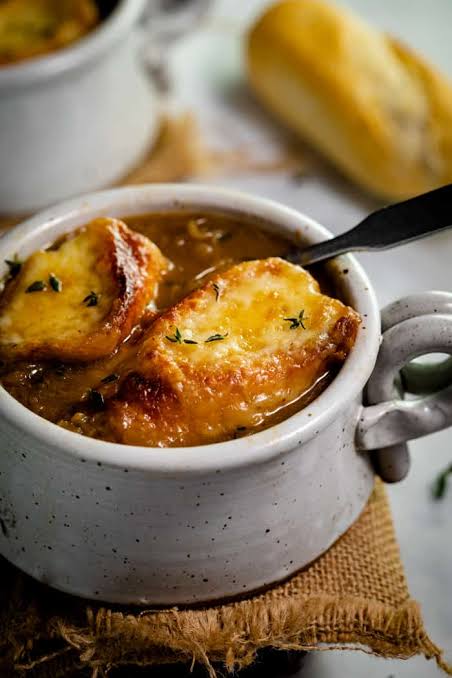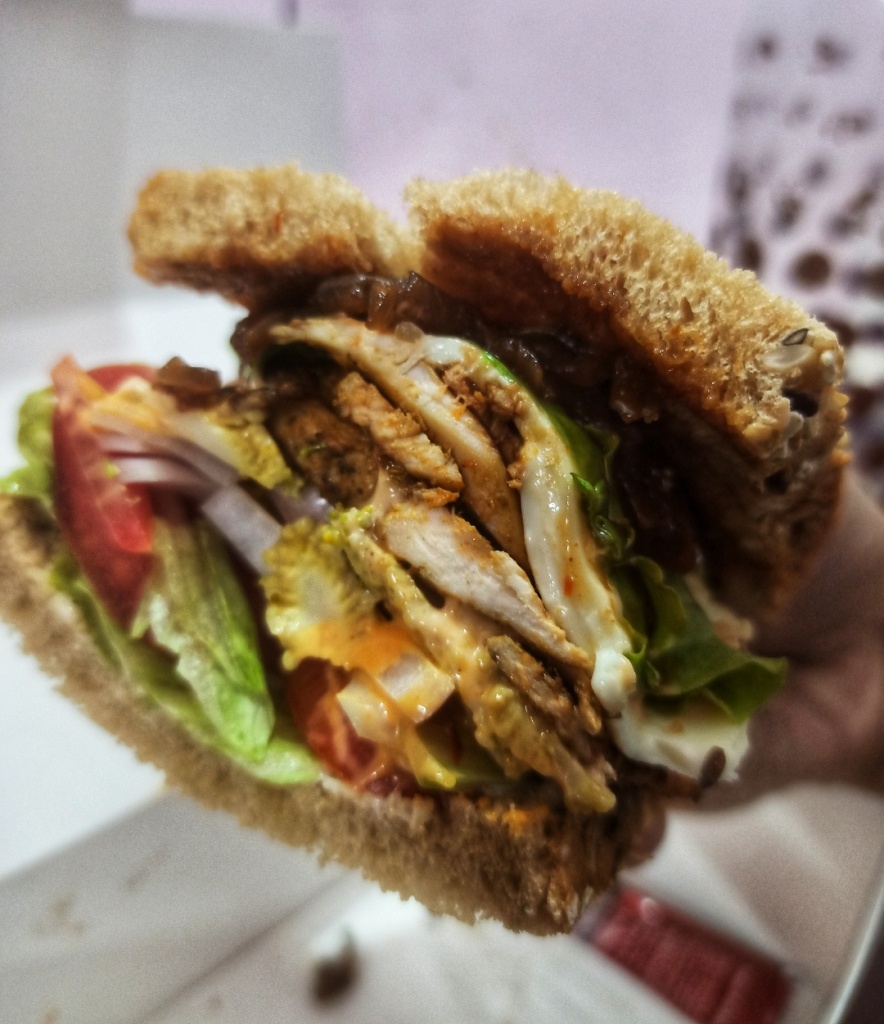It is hard to think of a vegetable as ubiquitous as the onion. Starring in everything from Indian curries to Chinese stir-fries, European soups to American snacks, it is one of the most versatile ingredients in the kitchen. Being an allium, onions have a certain potency which, though a lot muted when compared to garlic, doesn’t fail to pack a punch. And just like garlic, onions too can be pickled and used as an aromatic base for complex dishes.
In my opinion however, the most magical transformation an onion undergoes in the kitchen is browning. It happens so often that it we often take it for granted. So, in this week and the next, instead of exploring the onion’s versatility as we did with garlic, we will focus our attention on this specific aspect of the humble onion.

Caramelised onions are extremely common in the West. It starts by adding sliced onions to pan with some oil or butter, along with a pinch of salt, which apart from seasoning the onions, helps to draw out moisture by osmosis. It is cooked on a low flame until the onions release their moisture and darken slowly. Since the process takes time, it is necessary to use a thick, heavy bottomed pan so that the onions don’t stick to the bottom and burn.
After 30-60 minutes, depending on how much onion you started with, you will end up with a gorgeous pile of caramelized onions. Add it to omelettes or scrambled eggs, stir it through pasta, use it in burgers and on pizzas, or mix it with sourcream or mayo to make an amazing onion dip. If your dish lacks flavour, it is highly likely that some caramelized onions will do the trick.

Throughout history, onions have been cheap, flavourful, plentiful and easy to cultivate, and so a soup made with a base of caramelized onions is a great example of what the Italians would call cucina povera, hearty, affordable food for the masses. It was much later, around the 18th century that the posh French Onion Soup came about, with its hearty beef stock and its classic topping of a piece of crisp toast and Gruyère cheese. The onion soup is a lot older than that, back to the time of Caterina de Medici Renaissance Italy.
“One of the best known recipes for carabaccia, a traditional Tuscan onion soup, was jotted down in the 1500s. The recipe, apparently a favourite of the vegetarian artist Leonardo da Vinci, and recorded by chef Cristoforo da Messiburgo, describes sliced onions cooked in vegetable broth, enriched with a Renaissance sweet and sour twist of ground almonds, vinegar, sugar and cinnamon……The French version today is very similar, but usually made of richer beef broth instead of vegetable, and is never without a slice of toasted bread covered in melted cheese on top. The Tuscans, instead, put their bread to soak at the bottom of the dish.
Caterina’s Carabaccia, theflorentine.net

If you want the onions to stand out in its own rather than play a supporting role, make an onion jam with some vinegar and sugar. A flavourful vinegar like balsamic or red wine vinegar not only adds a note of complex acidity but also makes the colour even richer. Adding brown sugar or maple syrup reinforces the onion’s natural sweetness. Some black pepper or chilli can go in if you like heat. What you end up with is a dark, jammy concoction that is to die for. Spread it on toast, serve it with steak or make amazing goat cheese and onion jam crostini.
This Pujo, I went to visit some friends in Delhi. One morning, we ordered sandwiches for breakfast. They were delicious, full of spiced chicken and an array of vegetables. And all of a sudden, I was hit with a eureka moment. I opened up the sandwich, slathered on a generous layer of red wine onion jam I had bought the day before, and closed it back. The transformation was miraculous. Although the jam tasted way too sweet on its own, the rich sweetness played perfectly with the salty chicken and the fresh veggies. Had the bread been a bit better, it would’ve been the perfect sandwich. Still, it was one of the best ones I’ve eaten so far.

Next time, we will conclude our exploration of alliums with a journey back home and look at the amazing applications of brown onions in the Indian kitchen.